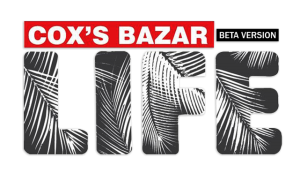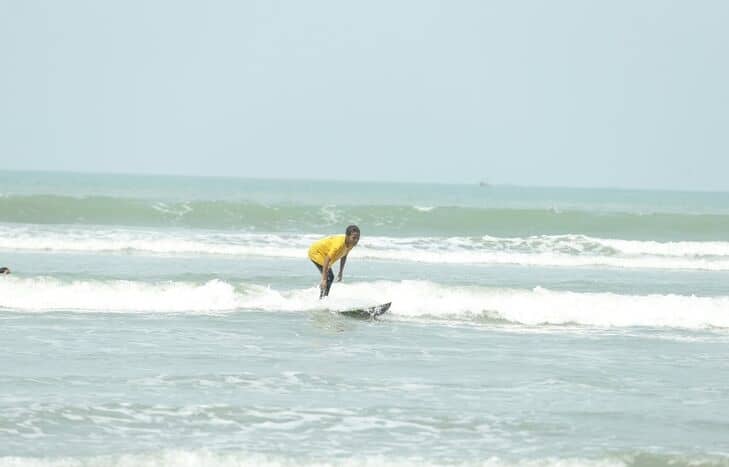With the world’s longest sea beach, Cox’s Bazar has transformed from a mere tourist destination to a surfing hub, providing new opportunities for local youth. With the rise of surfing culture, new initiatives create employment, empower communities, and earn international recognition.
The Pioneer of Surfing: Zafar Alam
The journey of surfing in Cox’s Bazar began in 1996 with local youth Zafar Alam. He bought a surfboard from an Australian surfer and taught himself to ride the waves. His passion and dedication played a crucial role in shaping the surfing culture in Bangladesh.
A Ray of Hope for Underprivileged Children
Surfing is now a beacon of hope for underprivileged children in Cox’s Bazar. Many find a new purpose through sports, envision a brighter future, and even dream of competing on the world stage.
Women Making Waves in Surfing
Women are also making their mark in the surfing scene of Cox’s Bazar. Under the leadership of Nahida Akter Joy, the Bangladesh Women’s Surfing Club has been established, with nearly 20 female surfers receiving regular training. Their participation is not only a step towards gender empowerment but also a significant milestone for women in water sports.
International Recognition and Competitions
Establishing the Bangladesh Surfing Association has given surfing an institutional platform. Local surfers are getting opportunities to showcase their talent and gain global exposure by joining international surfing organizations and hosting national competitions.
Training and Expansion
Professional surfer Mohammad Alamgir has launched free surfing training programs in Cox’s Bazar to popularize the sport further. These initiatives inspire the younger generation to embrace surfing, contributing to the growth of the tourism industry and the region’s sporting landscape.
Surfing is no longer just a sport for the youth of Cox’s Bazar—it is a pathway to new possibilities and dreams. As the waves of change continue, Cox’s Bazar is establishing itself as an emerging surfing destination on the global map.
By Rajin Saleh
Photo: Rajin Saleh










